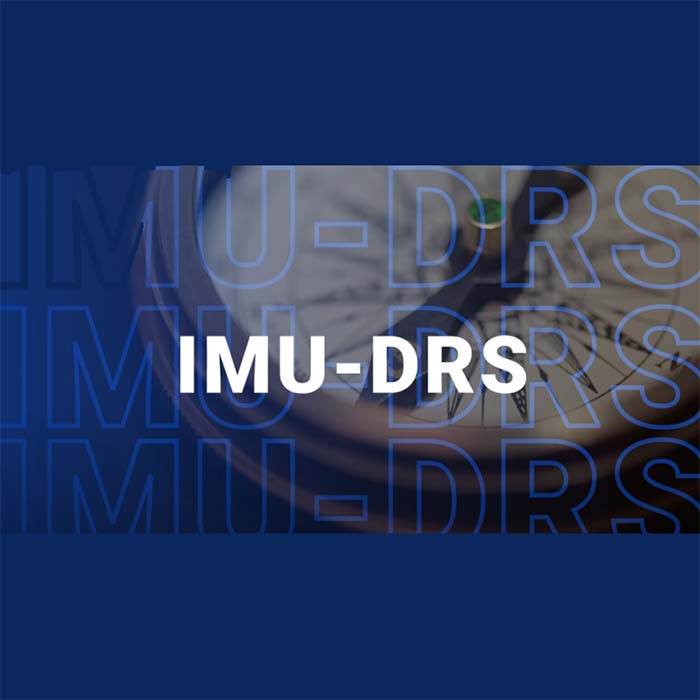
The aim of the IMU-DRS (IMU – Dead Reckoning in Space) project is to investigate navigation in weightlessness, based solely on data provided by accelerometer and gyroscope sensors. Since the measuring devices are manufactured and tested under Earth gravity conditions, in addition to navigation, it is of great importance in the program to characterize the behavior of the sensors providing the data in weightlessness.
The technical background of the task is provided by a mobile device and an application specially developed for this purpose. In the first phase of the experiment, the astronaut performs various sequences of movements with the mobile device in hand, and the developed application stores the measurement data generated during these movements. The data is then transmitted to Earth, where it can be evaluated and analyzed. In the second phase, an attempt is made to reconstruct the trajectories described by the mobile device. In the video presenting the research of the HUNOR program, Dr. Miklós Kornyik, the project leader and a colleague of the HUN-REN Alfréd Rényi Mathematical Research Institute, talks about this.
The field of application for IMU sensors is wide, says the expert. They are useful in medicine, robotics, video games, flight simulators, and various fitness devices, so research on them is justified for this reason. New knowledge about the sensor can also be beneficial for various fields that work with IMUs.
According to Dr. Miklós Kornyik, the experiment's results could be particularly useful in space navigation, coordination of space vehicles, docking, and maintenance work. As a continuation of the research, they would like to send a miniature space drone capable of both manual and automatic control. These drones could help in the exploration and performance of maintenance work around the space station.
